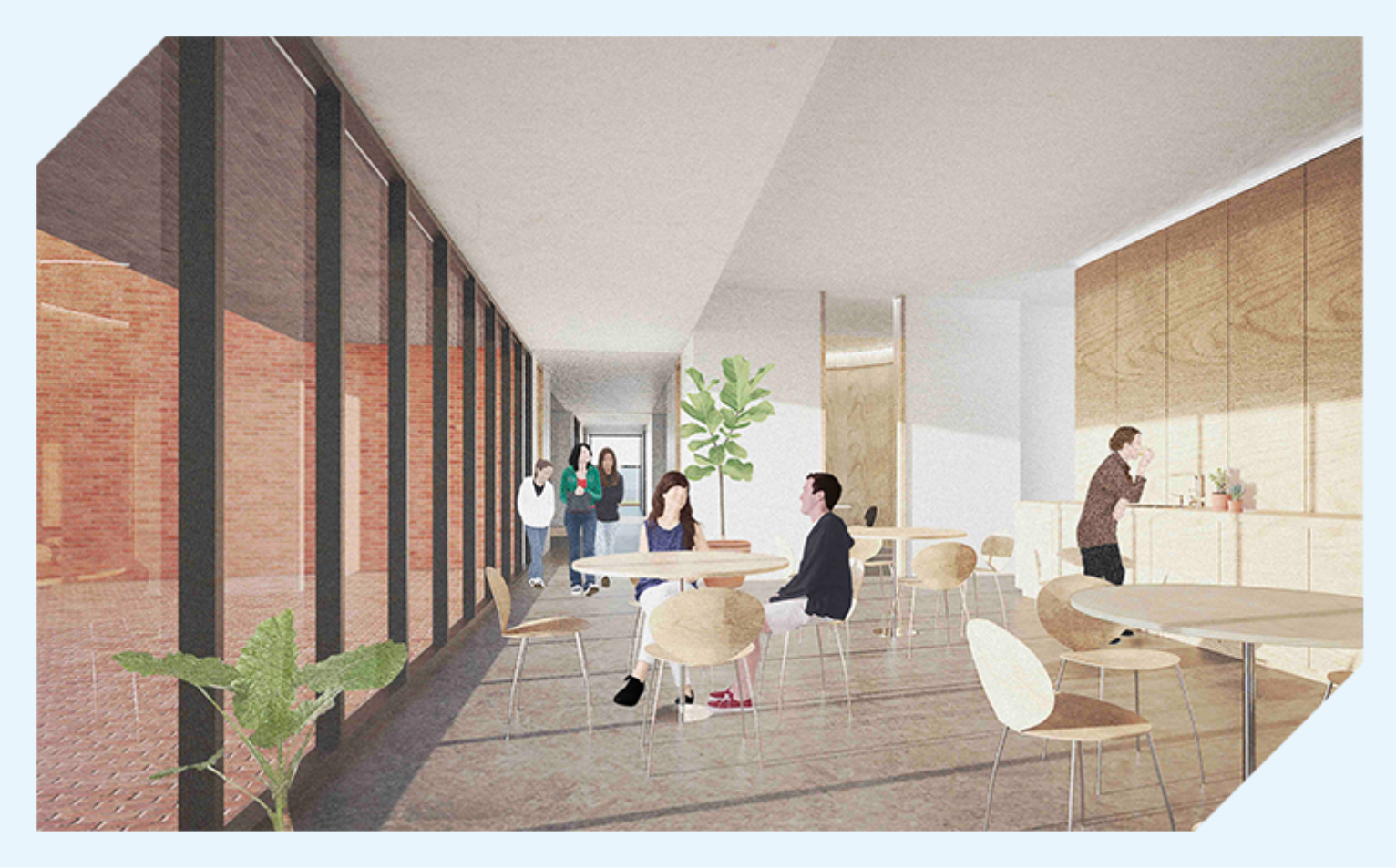

Autism
Learn more about autism spectrum disorder (ASD) for a better understanding of our residents.
What is autism?
Autism Spectrum Disorder (ASD) is part of a larger umbrella of neurodevelopmental disorders.
As a group, autistic individuals are so diverse that it is often said that there are as many forms of autism as there are autistic people.
Each individual displays a unique combination of characteristics, with their own strengths and challenges. As a result, the level of support required to help an autistic person function well varies according to their age and cognitive and behavioural characteristics, as well as any related conditions they may have. The way that autism manifests itself can also vary over time.

Understanding autism
Autism affects two main areas of development: communication and social interactions, as well as specific behaviours, interests and activities.
Communication and social interactions are often a challenge for autistic people. They face persistent difficulties throughout their lives due to their absent or lacking social reciprocity and difficulties understanding social codes.
Most autistic individuals have specific behaviours, activities and interests. They often develop a very specific routine based on repetition. The slightest change to this routine can be a source of stress, or even severe distress.
(Source : Fédération québécoise de l’autisme)
Autism after 21
Autism is for life. Most autistic people are diagnosed in childhood.They must learn navigate their particularities, and the world around them, throughout their lifetime.
Early adulthood is a transitional period for autistic individuals who, like everyone else, seek out greater independence. This independence is possible, but to ensure a positive experience, some autistic people need daily support.
Despite the urgent need, services for autistic adults over the age of 21 are virtually non-existent. Thousands of families end up finding themselves without means or resources and stretched to their limits.
The Véro & Louis Foundation’s aim is to fill this gap in resources.

The wait time for some Quebec families to have access to housing services.
The percentage of the Quebec population with an autism diagnosis. (Source: Fédération québécoise de l’autisme)
The age at which many autistic adults finish school and are no longer eligible for services.
Give now
Thank you for supporting our cause!

